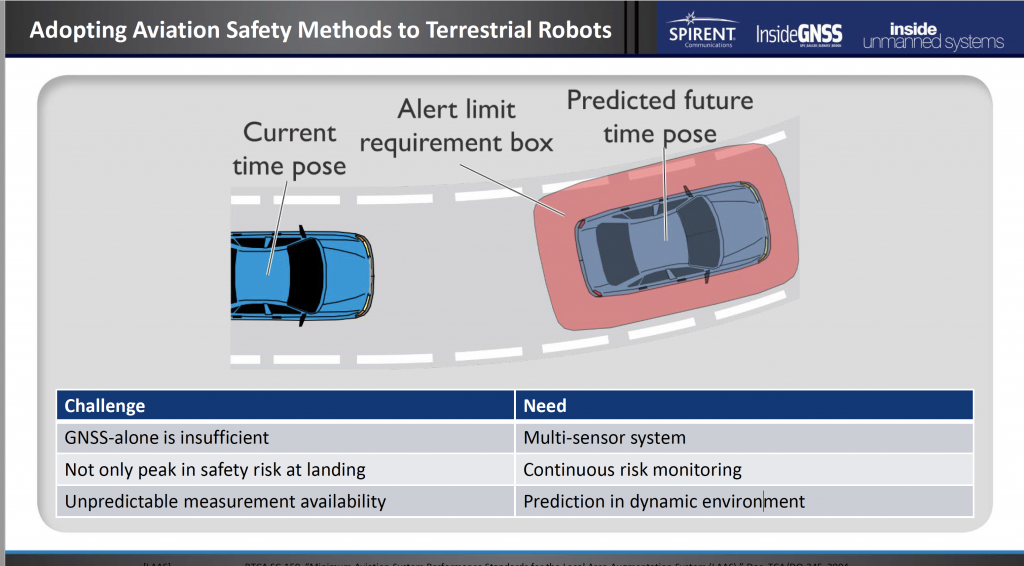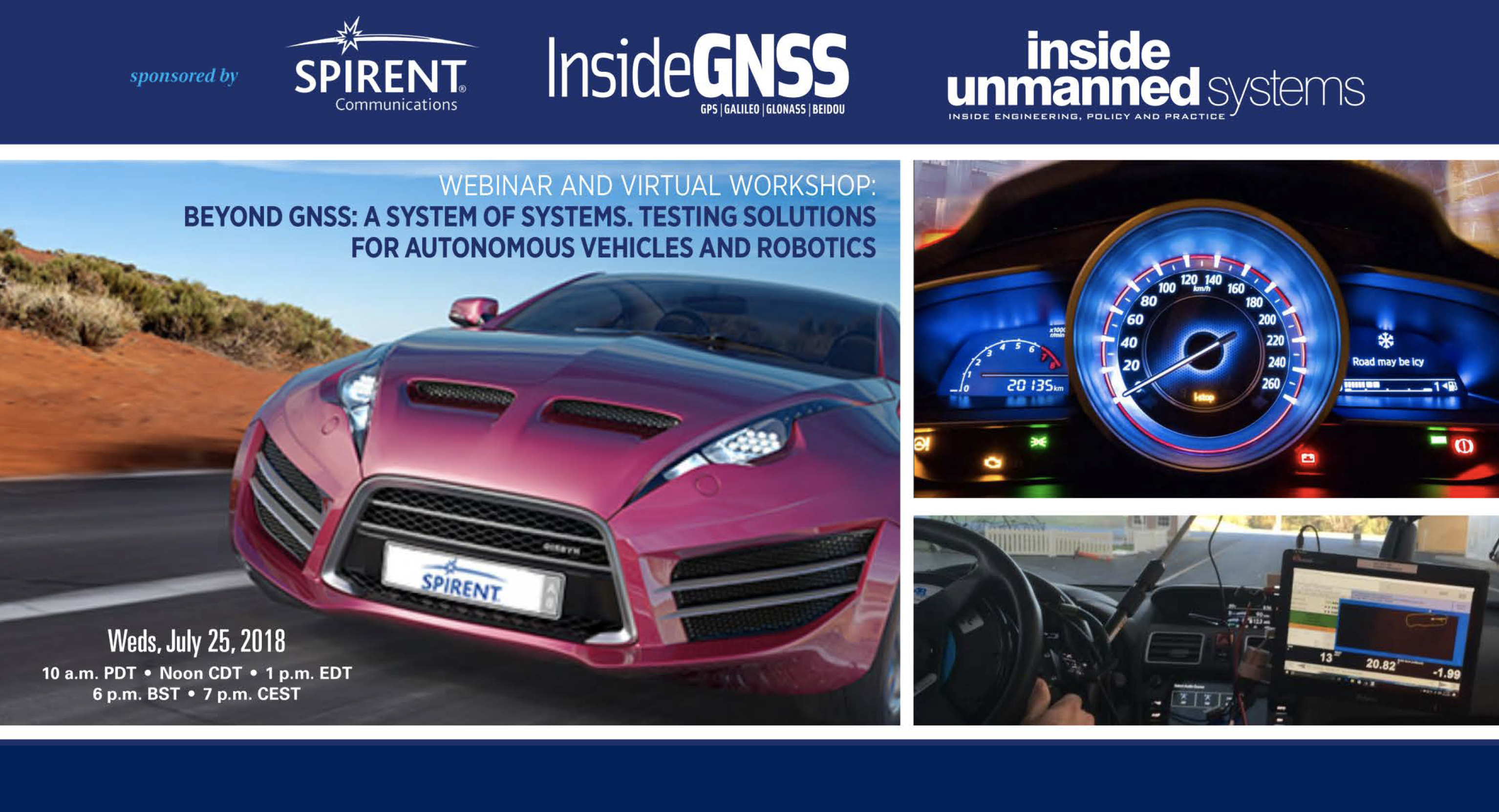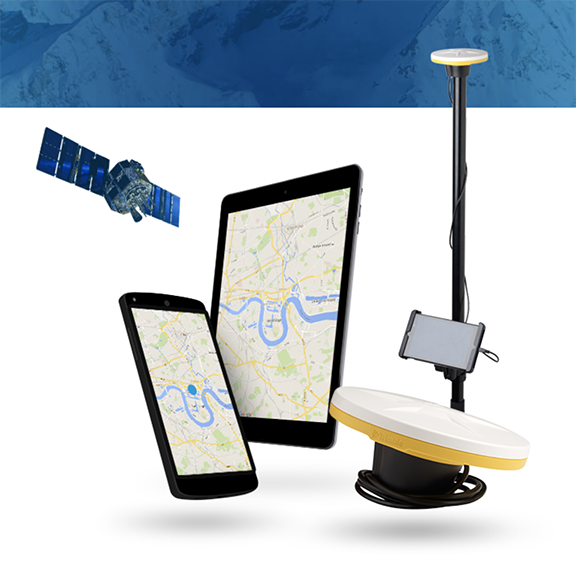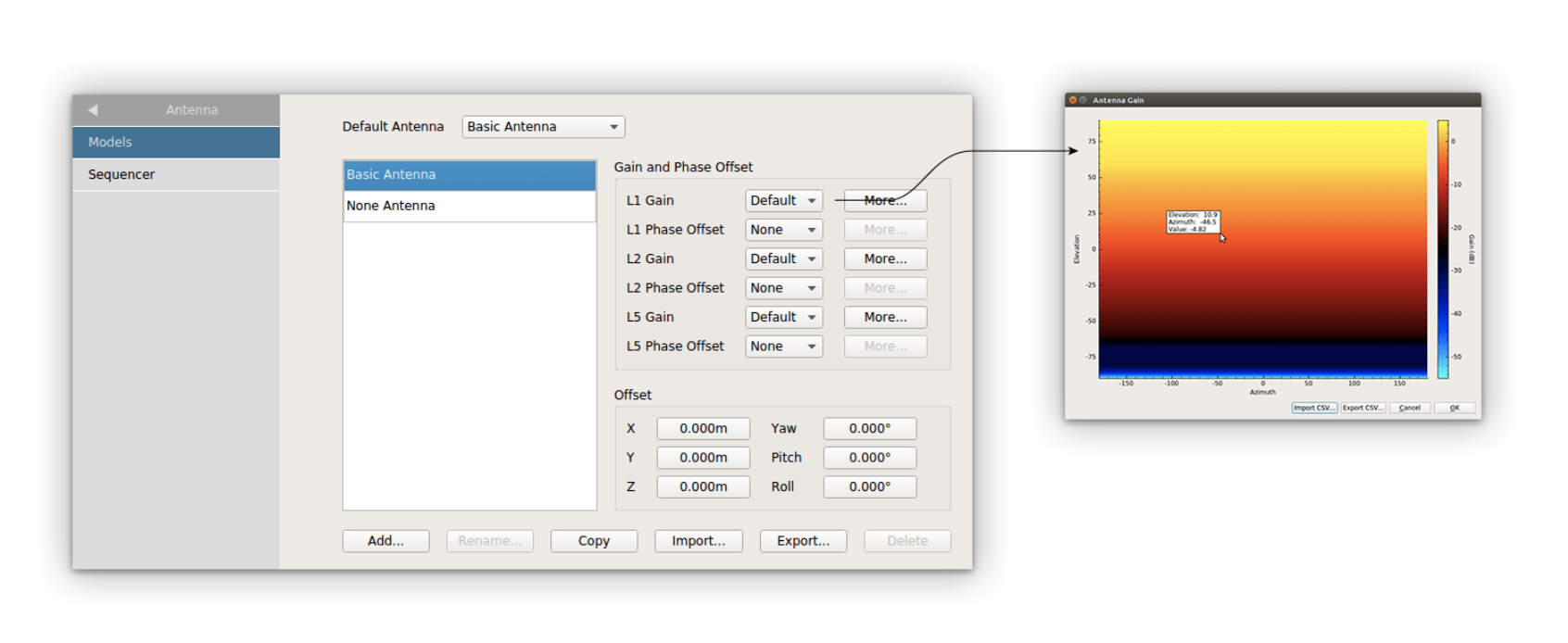Trust, integrity and safety are common words whenever we talk about autonomous vehicles. Automotive manufacturers, software companies and sensor makers are just part of the big puzzle attempting to bring us down the path to safe, driverless cars.
In a July 25 Webinar and Virtual Workshop: “Beyond GNSS: A System of Systems. Testing Solutions for Autonomous Vehicles and Robotics,” these topics were covered aggressively by a top-notch panel featuring Dr. Chaminda Basnayake, Curtis Hay, Matthew Spenko and Demoz Gebre-Egziabher, who serves as the moderator for this 90-minute event.
This FREE Web Seminar, sponsored by Spirent along with Inside GNSS and Inside Unmanned Systems, is now available for on-demand viewing by clicking here.

When it comes to the robotics side, Spenko, an associate professor in the Mechanical, Materials, and Aerospace Engineering Department at the Illinois Institute of Technology, is a leading authority. In the webinar Spenko covers in great deal areas that include mobile robot safety, overall safety risks for driverless cars, path planning, navigation and whether safety can be proved experimentally.
You won’t want to miss what he has to say about adopting aviation safety methods to terrestrial robots. Noting that racking up required millions of miles of experimental test driving of autonomous vehicles without ever being able to change an algorithm or sensor is not very practical, Spenko’s work includes mixing in some of what the aviation industry uses for safety measures.
“In order to improve this (test driving driving) experimentally, every time you make a change with your algorithm or your sensor, you have to start this clock over again,” he said, noting that companies like Waymo have reached some impressive mileage milestones with autonomous testing. “But it’s just not practical. What we’re doing is we’re taking inspiration from the aviation industry and we’re looking to guarantee integrity, which is a measure of trust in the sensor’s information. This is an analytical approach as opposed to an experimental approach.”
Watch the webinar on-demand for plenty more good insight from Spenko and the rest of the panelists. More than 350 attendees registered for the July 25 event representing 47 different countries.
Gebre-Egziabher, who is a faculty member of the aerospace engineering & mechanics department at the University of Minnesota-Twin Cities, is a veteran moderator of Inside GNSS/Inside Unmanned Systems webinars and does another great job this time around. His research deals with the use of GNSS in transportation applications and the design of multi-sensor navigation and attitude determination systems for aerospace vehicles, and he helped lead spirited Q&A sessions during the live event as audience members posed several interesting questions to the panel of experts.
Click here to watch the webinar.






